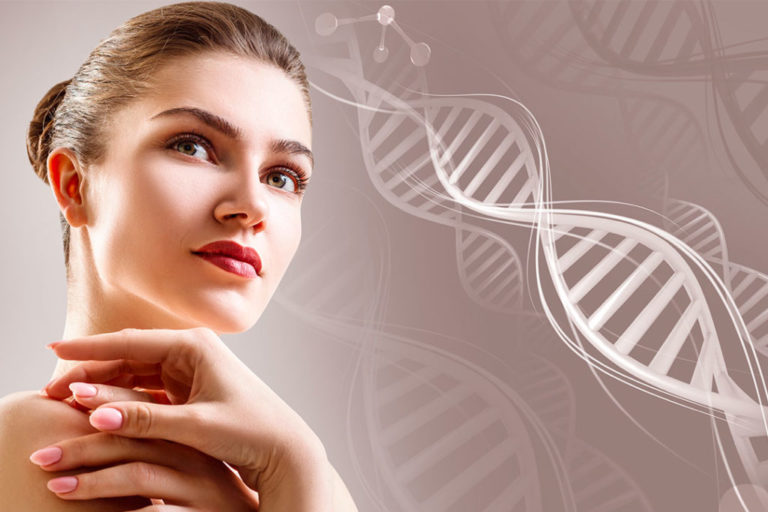Our team’s reading recommendation for this month goes to “Breast Cancer Risk Genes – Association Analysis in More than 113,000 Women”
by Leila Dorling et al. from @University of Cambridge[i], an extremely interesting paper just published in @NEJM Group that reports on a study that included 60’466 women with breast cancer and 53,461 controls with the objective of defining the genes that are most clinically useful for inclusion on panels for the prediction of breast cancer risk.
A panel of 34 putative breast cancer susceptibility genes was used to perform sequencing on the samples collected from the over 113,000 women included in the study and odds ratios for breast cancer overall and tumor subtypes were evaluated with the following results:
- Protein-truncating variants in 5 genes:
ATM, BRCA1, BRCA2, CHEK2, and PALB2 were associated with a risk of breast cancer with a P value < 0.0001
- Protein-truncating variants in 4 other genes:
BARD1, RAD51C, RAD51D, and TP53 were associated with a risk of breast cancer with a P value < 0.05
- For protein-truncating variants in 19 of the remaining 25 genes, the upper limit of the 95% confidence interval of the odds ratio for breast cancer overall was less than 2.0.
Regarding ATM and CHEK2: Odds ratios were higher for ER[ii] positive than for ER negative diseases
Regarding BARD1, BRCA1, BRCA2, PALB2, RAD51C, and RAD51D: Odds ratios were higher for ER negative than for ER positive diseases
Rare missense variants in ATM, CHEK2, and TP53 were associated with a risk of breast cancer overall with a P value < 0.001.
For BRCA1, BRCA2, and TP53, missense variants that would be classified as pathogenic according to standard criteria were associated with a risk of breast cancer overall, with the risk being similar to that of protein-truncating variants.
This study, funded among others by European Horizon 2020 programs, defines the genes that are most clinically useful for the prediction of breast cancer risk.
These genes are included in 4bases’ CE IVD marked HEVA screen panel and, partially, in 4bases’ BRaCA screen panel, and RUO BRaVO panel. More information can be found on:
https://4bases.ch/categorie-produit/oncology/solid-tumors/breast-ovary-ivd/
[i] Breast Cancer Association Consortium, Dorling L et al. Breast Cancer Risk Genes – Association Analysis in More than 113,000 Women. N Engl J Med. 2021 Feb 4;384(5):428-439. doi: 10.1056/NEJMoa1913948. Epub 2021 Jan 20. PMID: 33471991.
[ii] ER = Estrogene Receptor





